About the Bedchamber
Could a traveler get a private room for the night?
Travelers stopping at taverns could rent a place to sleep for the night. Guests did not expect to have a private room unless the tavern was a large one and the guest could afford to pay extra for private space. If the tavern was small, or if there were many people who needed lodging for the night, it was very common to share a room – or even a bed – with fellow travelers who might be complete strangers.
A Closer Look at the Painting
How many people do you count in this painting? Do you think there are more people inside the tavern? Do you think there is room for everyone to sleep here?
What kinds of furniture would make up a bedroom at an inn?
In simple taverns, the bedchamber, or bedroom, might contain only a bed, or perhaps just a pallet on the floor. In larger taverns, such as the one in our painting, guests could expect a comfortable bed, a chair by the fire, a chamber pot and a washstand (see “Keeping Clean” to learn more about this), and perhaps a desk. Candles would provide light in the room. In Connecticut during the time period depicted in this painting, whale oil lamps were also available. Bedchambers might contain a fireplace to warm the room in winter.
A Closer Look at the Painting
Imagine that you are sitting at this desk, writing a letter describing your experiences staying at the tavern. What would you say?
What were the beds like?
The mattress on the bed could be stuffed with straw, corn husks, or feathers. The pillows were filled with feathers, and the blanket on the bed was made of wool. All of these materials can provide a warm and comfortable bed, but because they are natural fillings and fibers, they can also be attractive to insects. If the bed was not kept clean, or if a prior traveler brought in parasites, the bed might contain fleas or bed bugs.
The mattress was supported with ropes that were attached to the bed frame. The ropes would need to be tightened from time to time to keep the mattress from sagging. A sagging mattress would cause the people sleeping on it to roll towards the middle of the bed.
A Closer Look at the Painting
Imagine sharing a bed like this with a friend, or maybe a stranger. Now imagine that no-one tightened the bed ropes, the bed is sagging, and you start to roll towards the middle. Would you be willing to get out of bed on a winter night and tighten the ropes? Would you complain to the tavern keeper in the morning?
How did people keep warm at night during the cold winters?
New England winters are long and cold, and even in a large tavern like this one, keeping comfortable could be a challenge. A fireplace provided heat for the bedchamber, and during the coldest months of the year, a fire would have been burning day and night. Beds were covered with warm woolen blankets, and cozy feather beds could provide extra comfort on a cold night.
A bed-warming pan was a common tool used to help take the chill off of a bed before climbing in for the night. The bed warmer is a metal pan with a lid that is attached to a long wooden handle. The pan opens with a hinge, and hot coals from the fireplace are placed inside. The metal pan quickly becomes very hot; it is used by holding on to the wooden handle and rubbing the hot pan on the bedsheets, making the bed feel toasty warm, at least for a little while. To extend the warmth, a hot brick could be wrapped in cloth and placed under the covers at the foot of the bed. Ceramic hot water bottles served the same purpose.
People wore warm bedclothes at night, including wool stockings, bed caps, and bed mittens. This was important at a time when a cup of water left on a bedside table at night during the winter would probably freeze by morning, even in a room with a fireplace.
A Closer Look at the Painting
Would you be willing to wear a nightcap, bed mittens, and woolen socks to bed?
How would you feel about having to break the ice in your water pitcher before you could brush your teeth in the morning?
Did they have suitcases back then?
Guests staying at a tavern overnight often stored their belongings in a small trunk that could be carried up to the bedchamber. Trunks were made of wood or leather; the lid opened on a hinge, and there were usually handles on the side for lifting. The outside of the trunk was often covered with deer skin or cow hide to make it more waterproof, and the lid may be decorated with the owner’s name, initials, or a distinctive design as a method of identification. The design was usually formed by pounding nails or tacks into the lid to form the appropriate decoration. Travelers who did not own a trunk might carry their belongings in a simple cloth sack or in an old pillowcase. Hooks or pegs on the bedchamber wall provided a place to hang clothes during the night.
A Closer Look at the Painting
What design would you make to decorate your trunk?
How did people get clean back then?
During the time period depicted in this painting, indoor plumbing, flushing toilets, and running water were not yet available in New England. Water had to be heated over a fire or on a stove and carried up to the bedchamber from the kitchen. Travelers staying at a tavern could expect to be provided with a piece of furniture called a washstand, which would hold a pitcher and a large bowl. The pitcher might contain warm water, and this could be used for washing the hands and face, for shaving, and for brushing the teeth. The bowl would serve as a basin for rinsing.
Toothbrush handles were made from bone or wood, and the bristles were made of horse or pig hair. Mixtures for cleaning the teeth were in powder form, not toothpaste. Some tooth powders contained abrasive substances such as salt or charcoal. Fashionable ladies sometimes used gunpowder to whiten their teeth, but this was not recommended because it would wear away the tooth enamel. Chewing on mint leaves also helped to freshen the breath.
A Closer Look at the Painting
Imagine you work at this tavern. You will have to go to the well and get enough water for each guest to have a pitcher full. Next you will have to heat it on the stove or over the fire. When the water is warm, it will have to be carried up to each bedchamber. The next morning, you will have to remove the dirty water, and then start the whole job over again. A gallon of water weighs 8 pounds. If ten people are staying at the tavern, using just one gallon each time, how many pounds of water are you carrying up and down the stairs twice a day?
Where did people go to the bathroom at an inn?
The toilet was a small building outside in the yard, called a privy or outhouse. When someone needed to use the toilet, they would go outside to this building. If the weather was wet or cold, if it was late at night, or if the trip was inconvenient for any other reason, a person could use an indoor substitute. Every bedchamber would be provided with a chamber pot, which is a pottery container with a lid on it that could be used for a toilet. Some chamber pots were decorated on the inside with funny sayings and pictures, or with images of unpopular political figures. The chamber pot would usually be kept under the bed so that it would not get kicked over by accident.
In addition to a chamber pot, a tavern bedchamber might have a potty chair. This looks like a regular chair, but has an opening cut through the seat and a chamber pot placed underneath to catch the waste. All of these containers would have to be emptied the next day by carrying them outside and dumping the waste in the privy. In cities, chamber pots were often emptied into the street, sometimes by throwing the waste out of an upstairs window. A warning shout would alert people on the street below so that they could get out of the way.
In earlier times, people used leaves, grass, moss, and cornhusks in the way that modern people use toilet paper. By the 1850’s, it had become common to use old newspapers or pages torn from mail-order catalogs. A stack of these would be kept beside the seat in the privy.
A Closer Look at the Painting
We cannot see the privy in this painting, even though there surely would have been one somewhere. Where do you think it might have been? Close to the house or far away? Hidden, or out in the open? What are your reasons for thinking so?


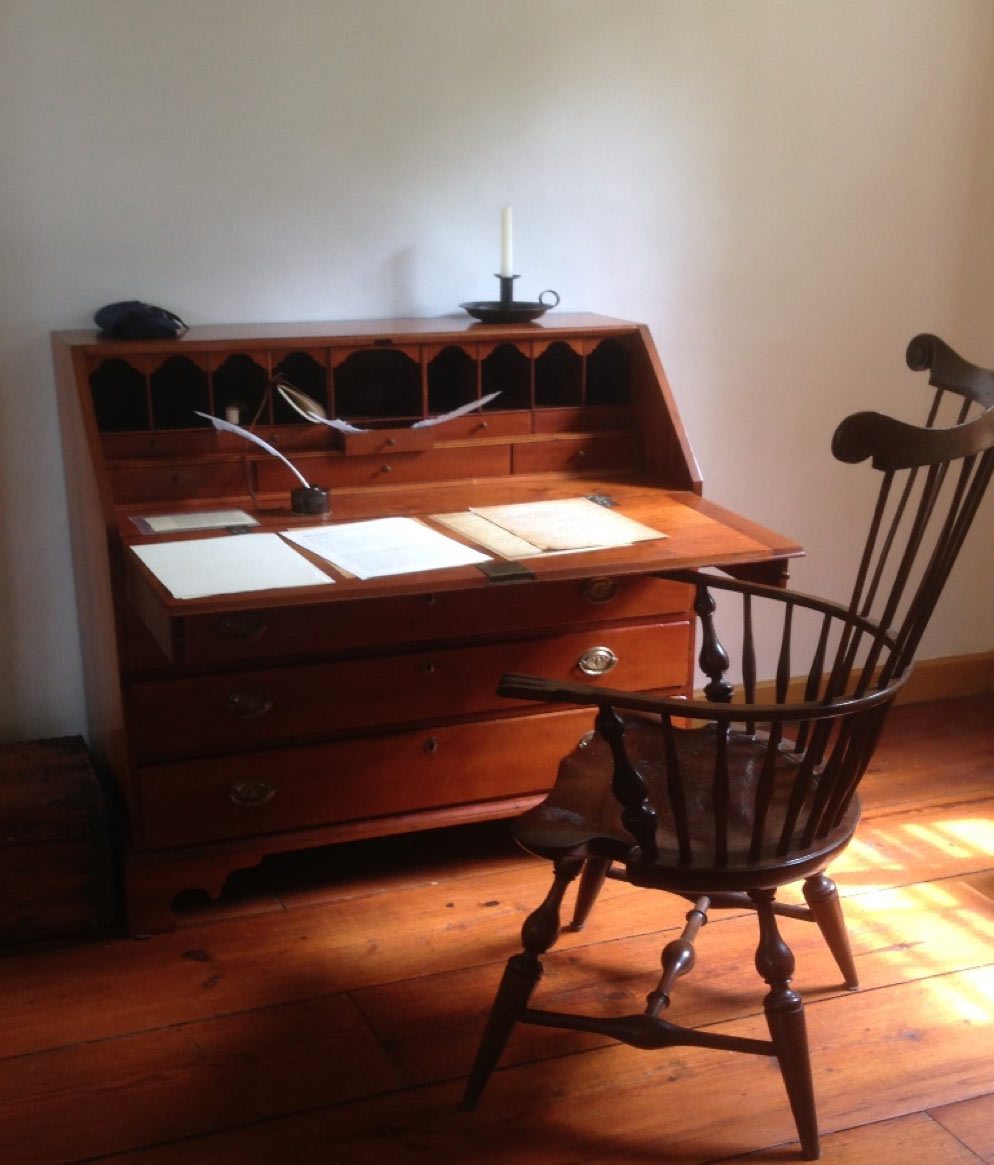


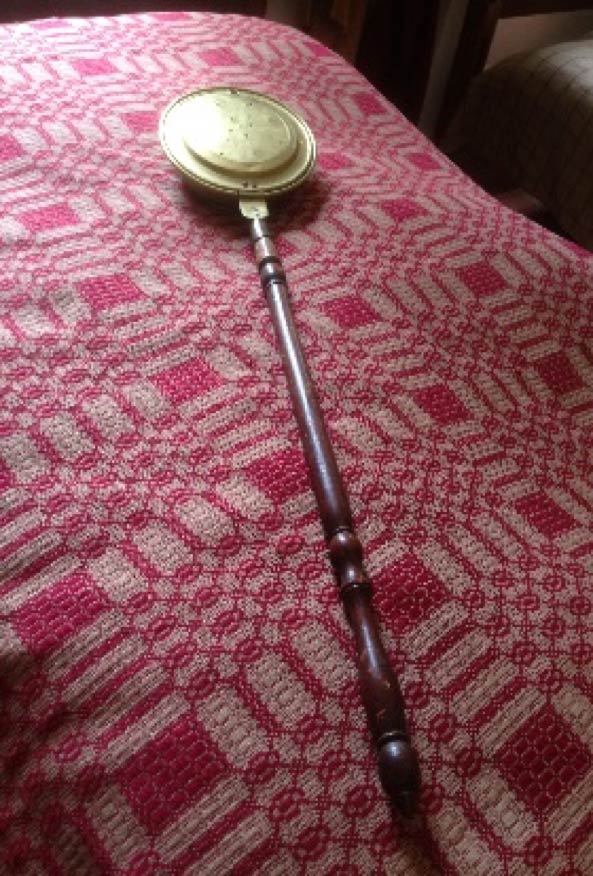
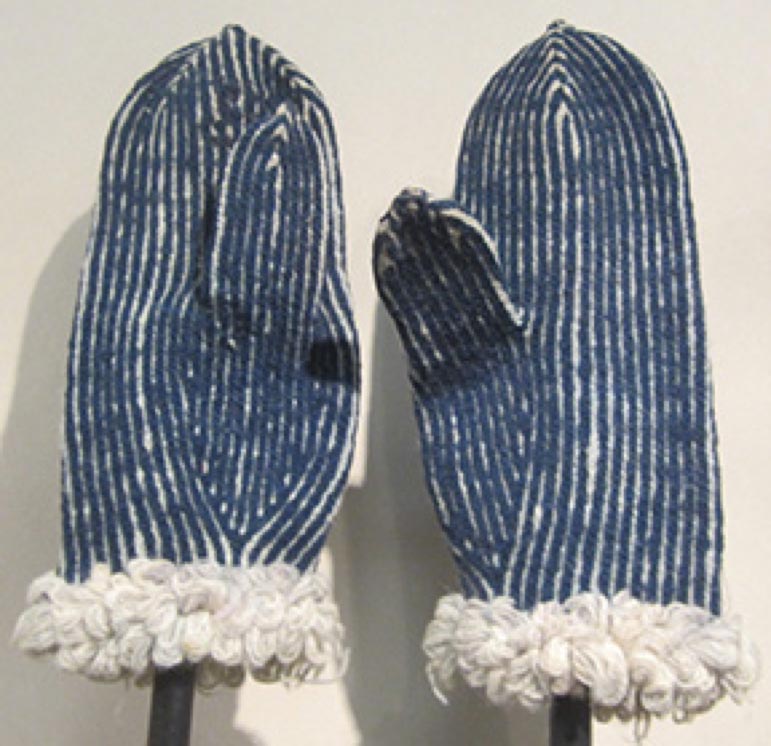


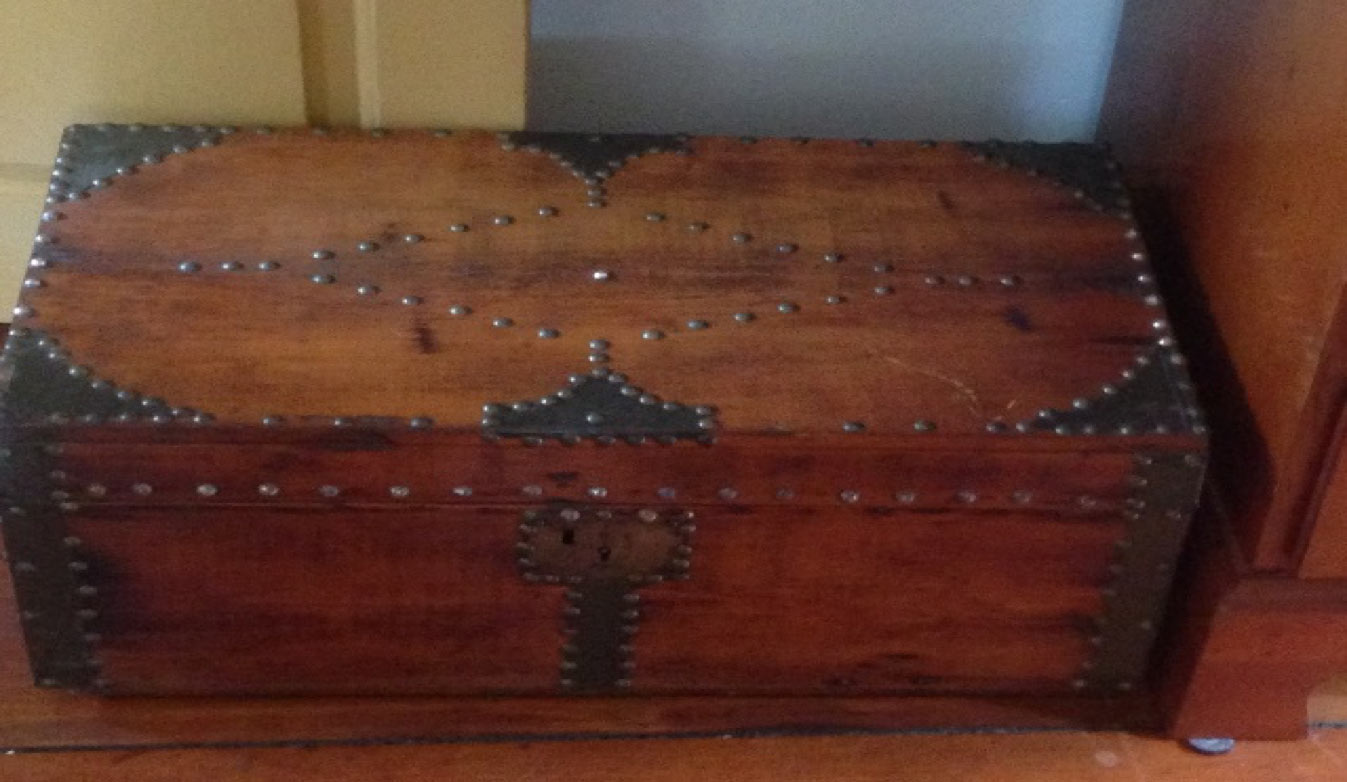

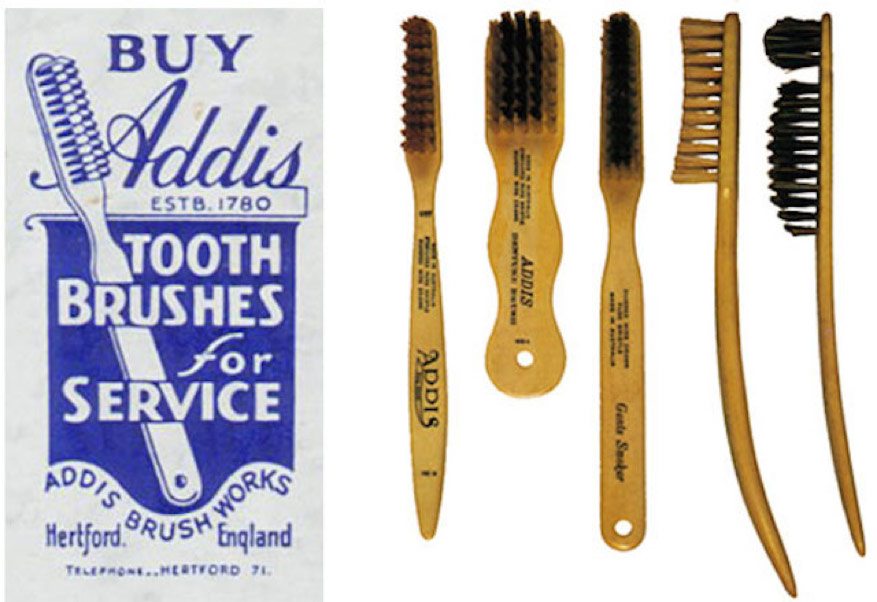
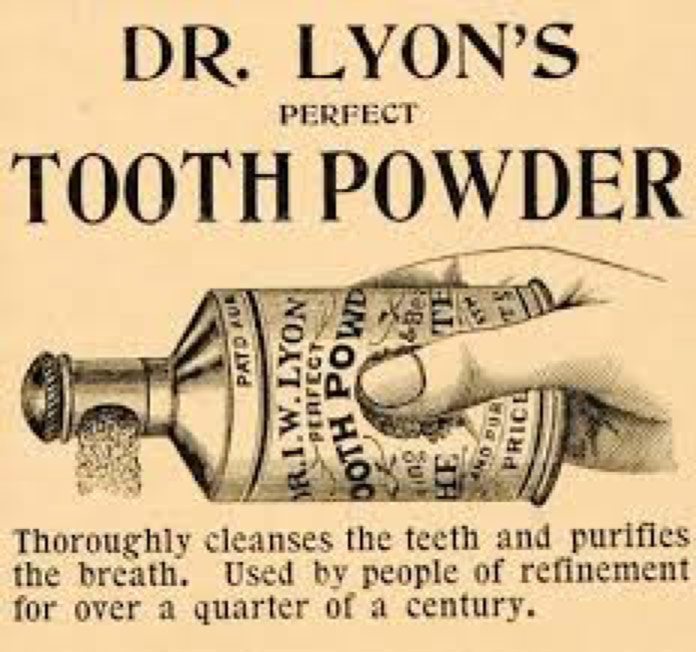
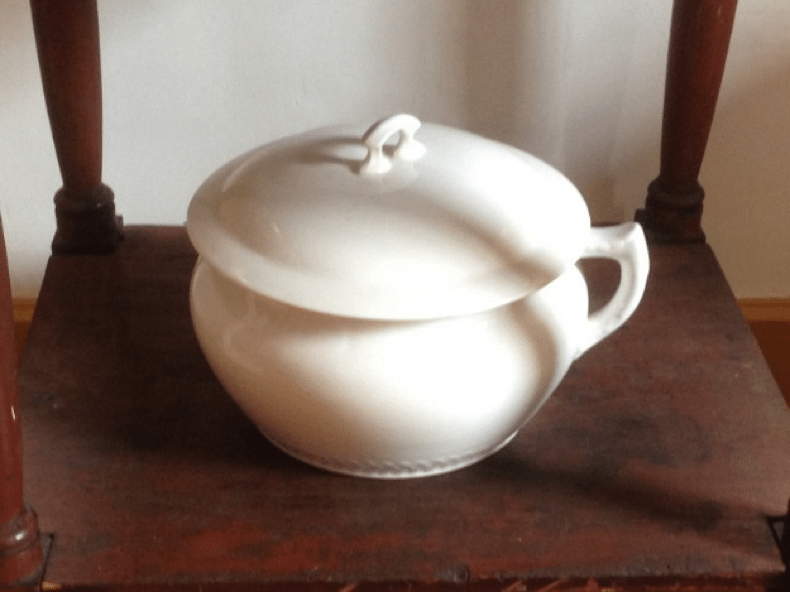
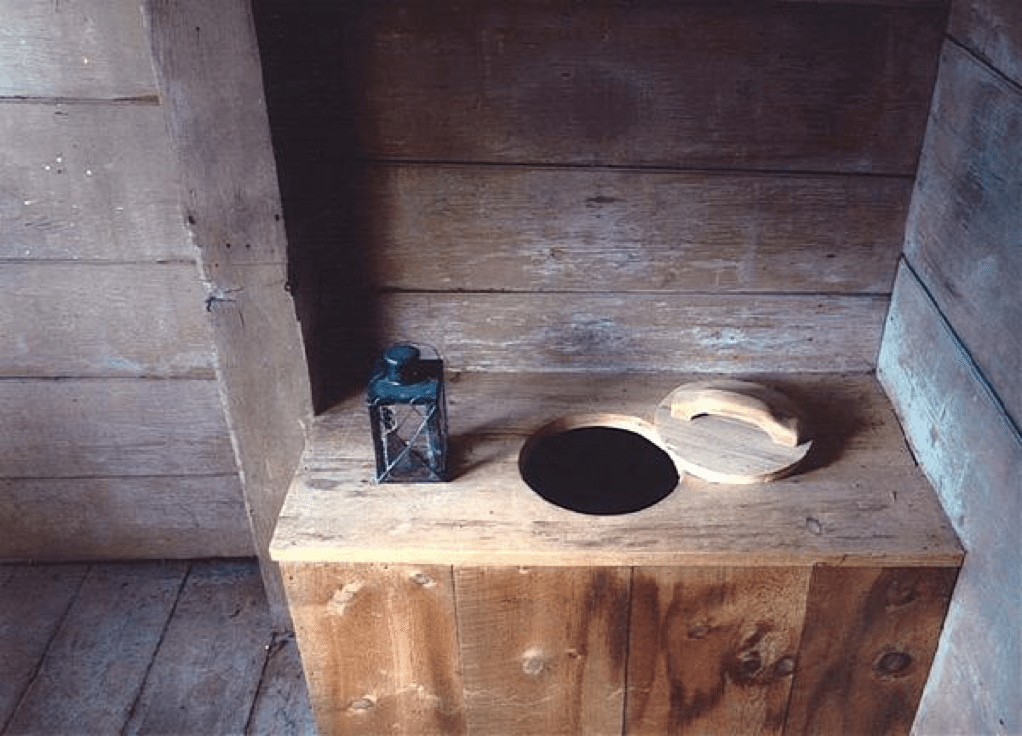
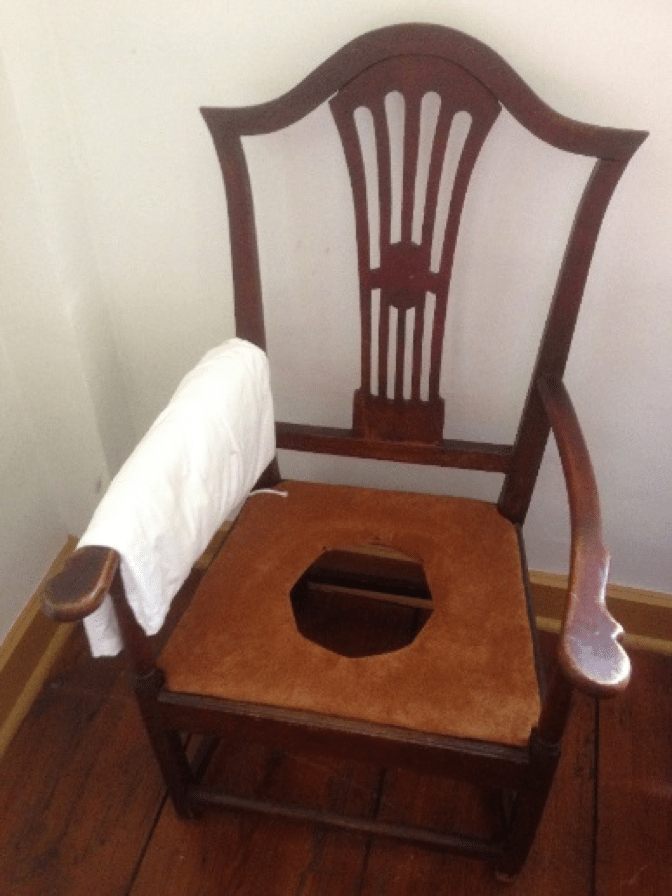
Have a question or comment regarding SEE/change? Enter your email and comment here.
"*" indicates required fields